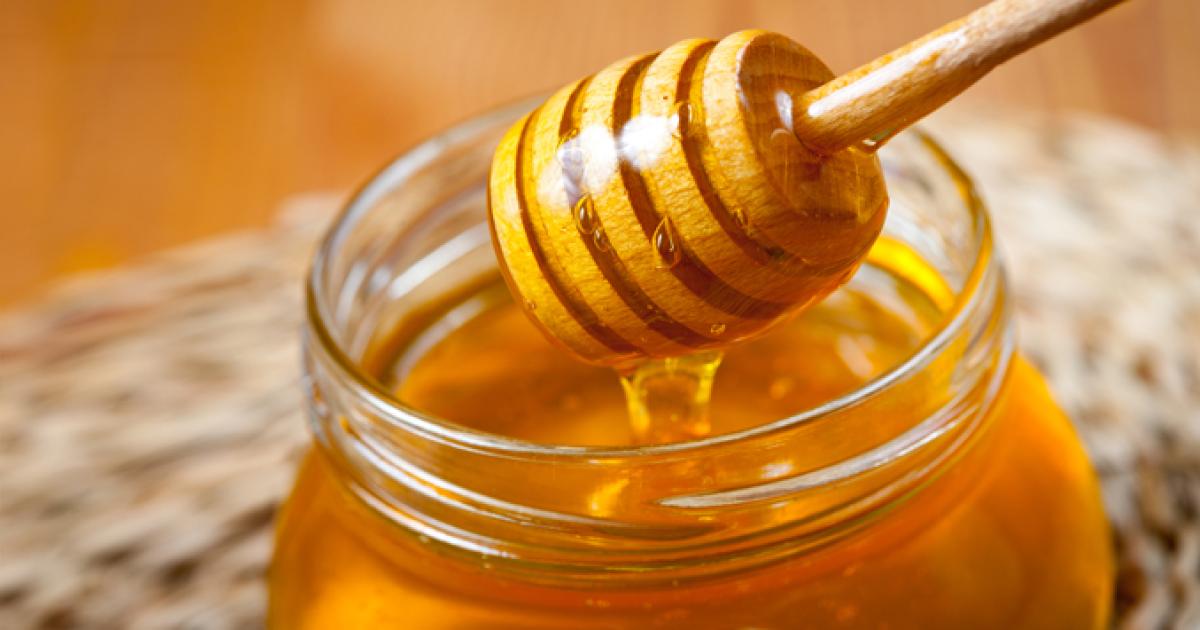Sherpa Honey: A Sweet Taste of Himalayan Sustainability
Sherpa honey, harvested in the majestic Himalayan region, is more than just a delicious natural sweetener; it is a symbol of sustainable agriculture and ecological harmony. The honey is produced by bees that forage on the region’s rich and diverse flora, giving it a unique flavor profile while playing an essential role in maintaining the region’s environmental balance. As the world increasingly looks for sustainable alternatives to industrial agriculture, Sherpa honey offers a shining example of how traditional practices can protect both nature and the livelihoods of local communities.
The Rich Flavor of Sherpa Honey
Sherpa honey is prized for its distinct taste, which reflects the unique biodiversity of the Himalayan ecosystem. The bees that produce this honey gather nectar from a wide range of wildflowers, herbs, and trees that grow in the high-altitude landscapes of the Himalayas. This diverse foraging creates a complex flavor profile that can include floral, herbal, and earthy notes. The honey’s taste varies depending on the time of year, as different plants bloom at different altitudes and seasons. The honey is often raw, unprocessed, and unfiltered, preserving its natural purity and nutritional value.
Supporting Biodiversity and Pollination
One of the key factors that make Sherpa honey brand so special is its strong connection to biodiversity. Beekeeping in the Himalayas plays a vital role in pollination, which is essential for the growth of many plants, including fruit and vegetable crops. Bees pollinate a variety of wild plants that help maintain healthy ecosystems. These pollination services are not only vital for honey production but also contribute to the overall productivity of agriculture in the region. By supporting local pollinators, Sherpa honey fosters a cycle of ecological health that benefits both nature and people.

Sustainable Practices and Ethical Harvesting
The production of Sherpa honey is deeply tied to sustainable farming practices that emphasize respect for the land and its natural cycles. Beekeepers in the region follow traditional methods of honey harvesting that prioritize minimal environmental impact. These practices include avoiding the use of harmful chemicals and pesticides, which helps protect both the bees and the surrounding flora. Additionally, the small-scale nature of honey production ensures that the process remains environmentally friendly, preventing the overexploitation of natural resources.
Economic and Cultural Benefits
Sherpa honey not only supports the environment but also provides an important source of income for local communities. For generations, Sherpa families have relied on honey production as a means of livelihood. The sale of honey helps support sustainable farming practices and creates economic opportunities without the need for large-scale, industrial farming. Furthermore, honey harvesting is a traditional practice that is deeply rooted in Sherpa culture, providing a sense of pride and connection to the land.
Conclusion
Sherpa honey is a testament to the power of traditional, sustainable agriculture. It supports biodiversity, nurtures the environment, and provides economic benefits to local communities. As the world turns to more sustainable practices, Sherpa honey offers an inspiring example of how nature, culture, and sustainability can be harmoniously intertwined.

Comments
Post a Comment